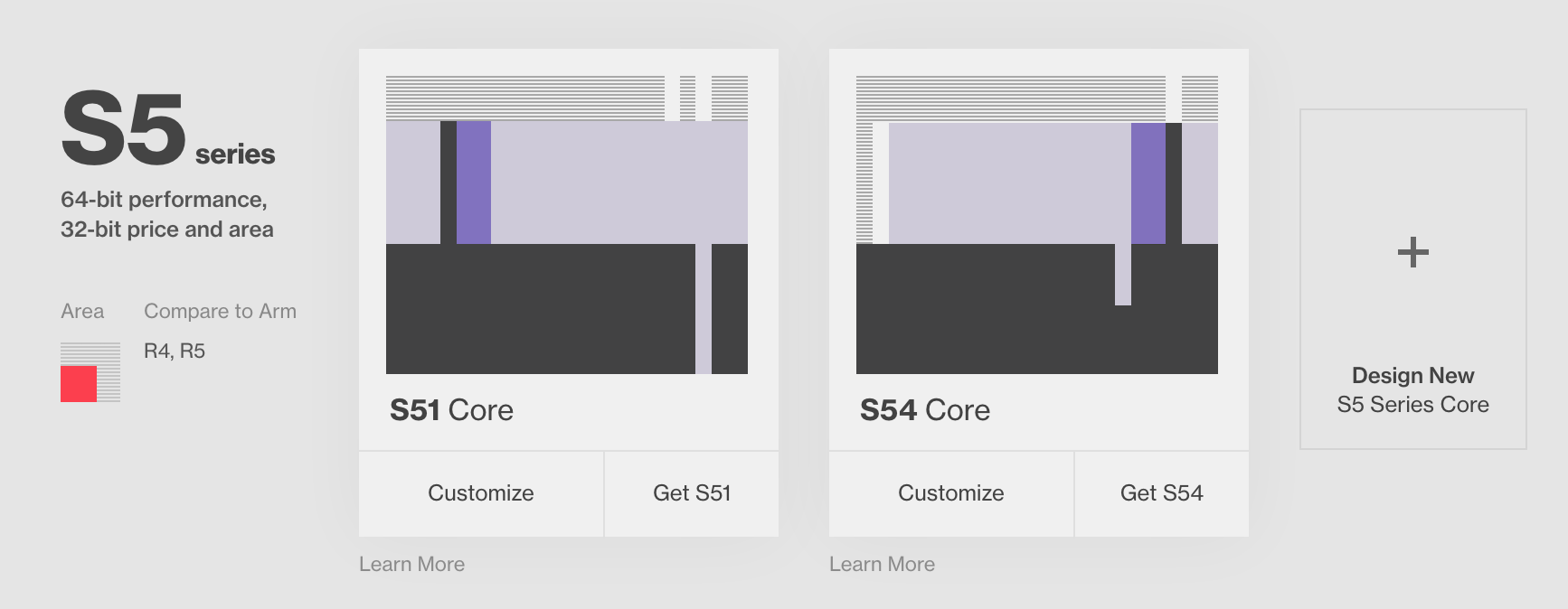You might have noticed me tweeting a bunch about RISC-V in recent months. It is actually something I have been following for several years now, since the formation of LowRISC in Cambridge quite some time ago, but this year has suddenly seen a huge maturing of the ecosystem.
In case you have been sitting under a rock hacking on something for some time, RISC-V is an open instruction set for CPUs. It is pronounced “risk five”. It looks a bit like MIPS, if you know your instruction sets, and yes it is very RISC, pretty minimal really. It is designed to be cleanly extended, and has 32, 64 and 128 bit implementations. So far the 32 bit version is for microcontrollers, the 64 bit for operating systems like Linux with MMUs, and the 128 bit version is for future dreams.
But an instruction set, even one without licensing and patent issues, is not that interesting on its own. There are some other options there after all, although they all have some issues. What is more interesting is that there are open and freely modifiable open source implementations. Lots of them. There are proprietary ones too, and hybrid ones with some closed IP and some open, but the community has been building open. Not just open cores, but new open toolchains (largely written in Scala) for design, test, simulation and so on.

The size of the community growth this year has been huge, starting with the launch by SiFive of the first commercially available RISC-V machine that could run Linux at Fosdem in January. Going to a RISC-V meetup (they are springing up in Silicon Valley, Cambridge, Bristol and Israel) you feel that this is hardware done by people who want to do hardware like open source software is done. People are building cores, running in silicon or on FPGA, tooling, secure enclaves, operating systems, VC funded business and revenue funded businesses. You meet people from Arm at these meetups, finding out what is going on, while Intel is funding RISC-V businesses, as if they want to make serious competition for Arm or something! Meanwhile MIPS has opened its ISA as a somewhat late reaction.
A few years ago RISC-V was replacing a few small microcontrollers and custom CPUs, now we see companies like Western Digital announcing they will switch all their cores to RISC-V, while opening their designs. There are lots of AI/TPU cores being built with RISC-V cores, and Esperanto is building chips with over a thousand 64 bit RISC-V cores on. The market for specialist AI chips came along at the same time as RISC-V was maturing, and it was a logical new market.
RISC-V is by no means mature; it is forecast it will ship 10-100 million cores in 2019, the majority of them 32 bit microcontrollers, but that adds to the interest, it is at the stage where you can now start building things, and lots of people are building things for fun or serious reasons, or porting code, or developing formal ISA models or whatever. Open source wins because a huge community just decides it is the future and rallies around every piece of the ecosystem. 2018 was the year that movement became really visible for RISC-V.
I haven’t started hacking on any RISC-V code yet, but I have an idea for a little side project, but I have joined the RISC-V Foundation as an individual member and hope to get to the RISC-V Workshop in Zurich and several meetups. See you there and happy hacking!